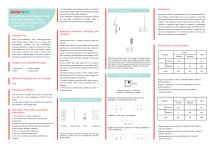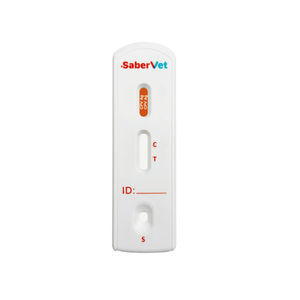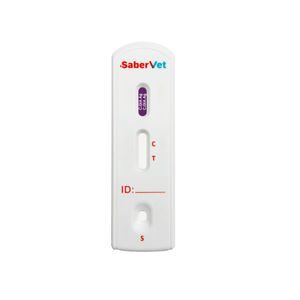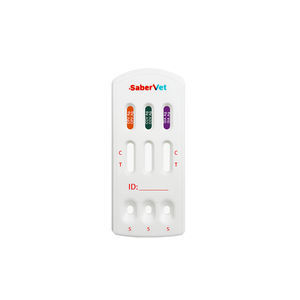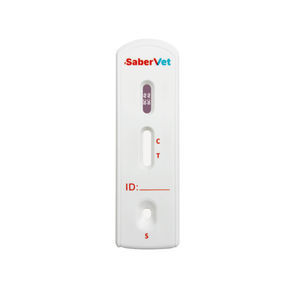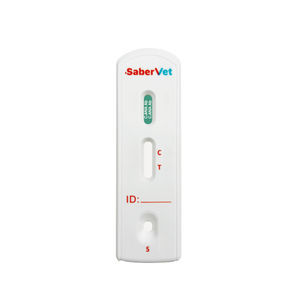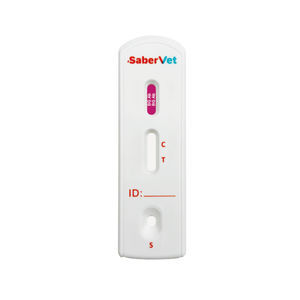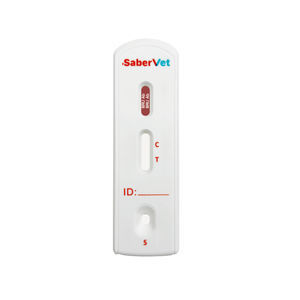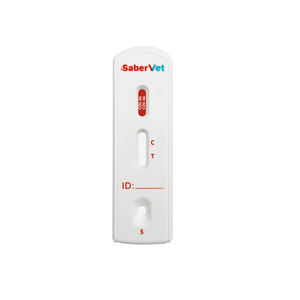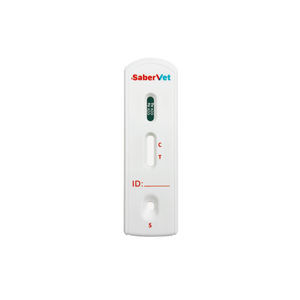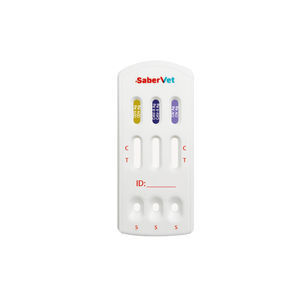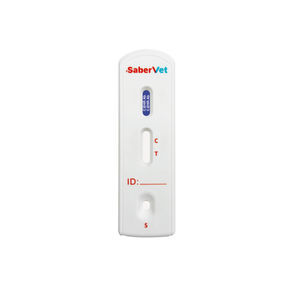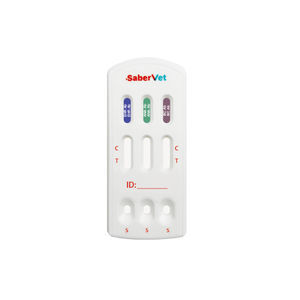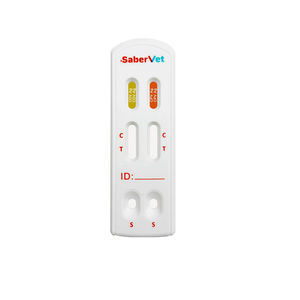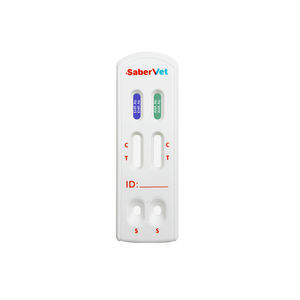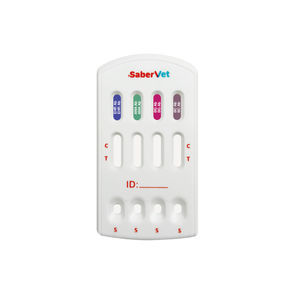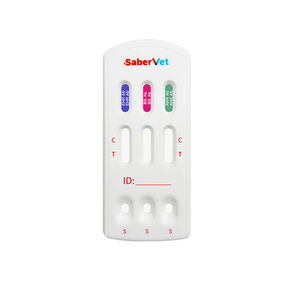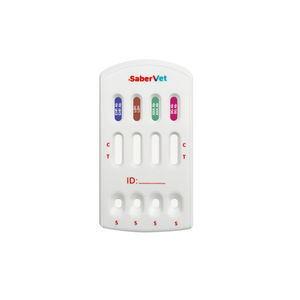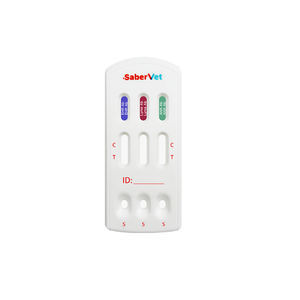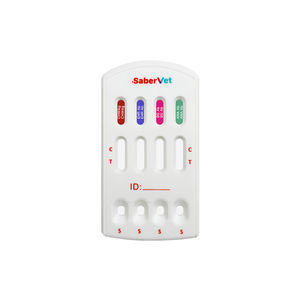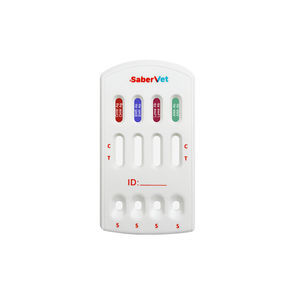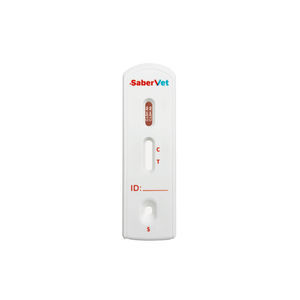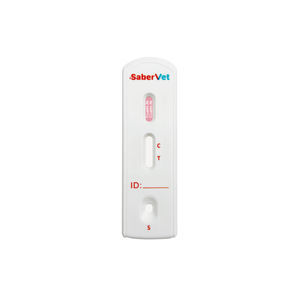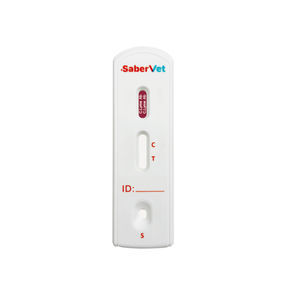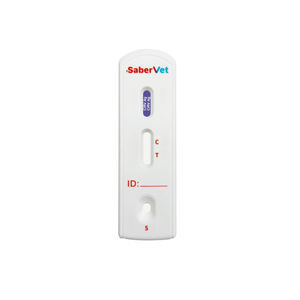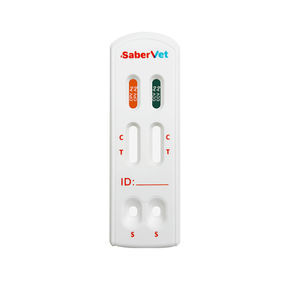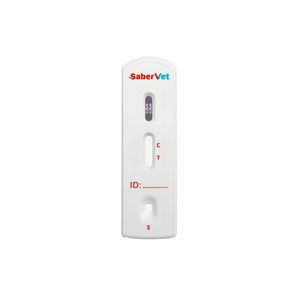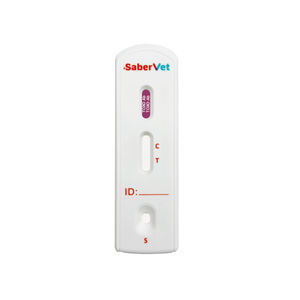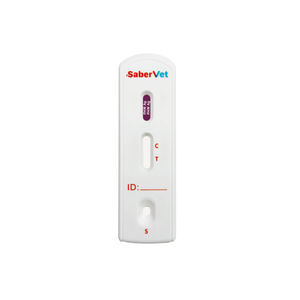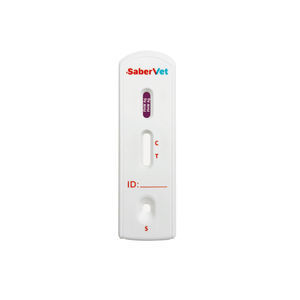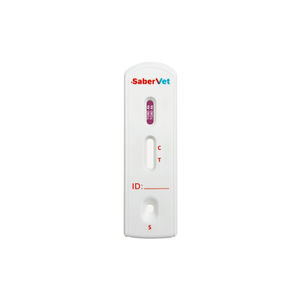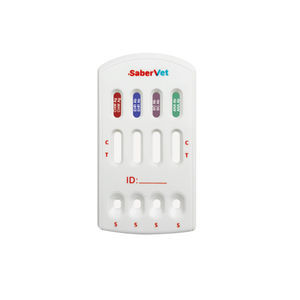
- Laboratory
- Laboratory medicine
- Rapid leishmaniasis test
- Hangzhou Antigenne Technology Co. Ltd
- Company
- Products
- Catalogs
- News & Trends
- Exhibitions
Rapid leishmaniasis test SaberVetveterinaryfor caninesEhrlichia
Add to favorites
Compare this product
fo_shop_gate_exact_title
Characteristics
- Applications
- leishmaniasis
- Application field
- veterinary
- Patient type
- for canines
- Micro-organism
- Ehrlichia, Leishmania, Babesia
- Sample type
- blood, plasma, whole blood
- Analysis mode
- lateral flow
- Format
- cassette
Description
SaberVet Canine Ehrlichia/ Leishmania/ Anaplasma/ BabesiosisAntibody Combo Rapid Test is a lateral flow immunoas-say intended for the simultaneous qualitative detectionof specihc antibody from Ehrlichia (EHR)/ Leishmania(LSH)/Anaplasma(ANA)/ Babesiosis(BC)in canineserum, plasma or whole blood samples. The test is useful for simultaneous determination of EHR/ LSH/ ANA/BCinfection.
Description
Canine Ehrlich disease, canine Leishmaniasis, canine Anaplasma, and canine Babesiosis are common diseases in dogs. Although they are caused by different pathogens and have their own characteristics, there are also some commonalities.
Similarities
Transmission route
These diseases are all transmitted through arthropods.
Canine Ehrlich disease, canine Anaplasma disease, and canine Babesiosis are transmitted through ticks.
Leishmaniasis in dogs is transmitted through sandflies.
Symptom
All of them may cause systemic symptoms such as fever, drowsiness, decreased appetite, and weight loss.
Both can lead to anemia and other blood related symptoms.
Geographical distribution:
These diseases are distributed globally, especially in areas where ticks and sandflies are active.
Differences
pathogen
Canine Ehrlichia disease: caused by Ehrlichia canis, a type of rickettsia.
Canine Leishmaniasis: Caused by Leishmania infantum, it is a type of protozoan.
Anaplasma disease in dogs: caused by the absence of plasma.
Canine Babesiosis: caused by Babesia gibsoni, a protozoan.
Specific symptoms
Canine Ehrlich’s disease: characteristic symptoms include nosebleeds, bleeding tendency, joint pain, and eye problems (such as uveitis).
Exhibitions
Meet this supplier at the following exhibition(s):

Other Hangzhou Antigenne Technology Co. Ltd products
Canine
Related Searches
- Blood rapid diagnostic test
- Rapid lateral flow test
- Immunoassay rapid diagnostic test
- Cassette rapid diagnostic test
- Virus rapid diagnostic test
- Serum rapid diagnostic test
- Plasma rapid diagnostic test
- Infectious disease rapid diagnostic test
- Whole blood rapid diagnostic test
- Rapid respiratory infection test
- Urine rapid screening test
- Bacteria rapid diagnostic test
- Rapid feces test
- Clinical rapid diagnostic test
- Nasal rapid diagnostic test
- Obstetrical/gynecological rapid test
- Rapid oral flu test
- Dog rapid test
- Coronavirus rapid diagnostic test
- Laboratory rapid diagnostic test
*Prices are pre-tax. They exclude delivery charges and customs duties and do not include additional charges for installation or activation options. Prices are indicative only and may vary by country, with changes to the cost of raw materials and exchange rates.


